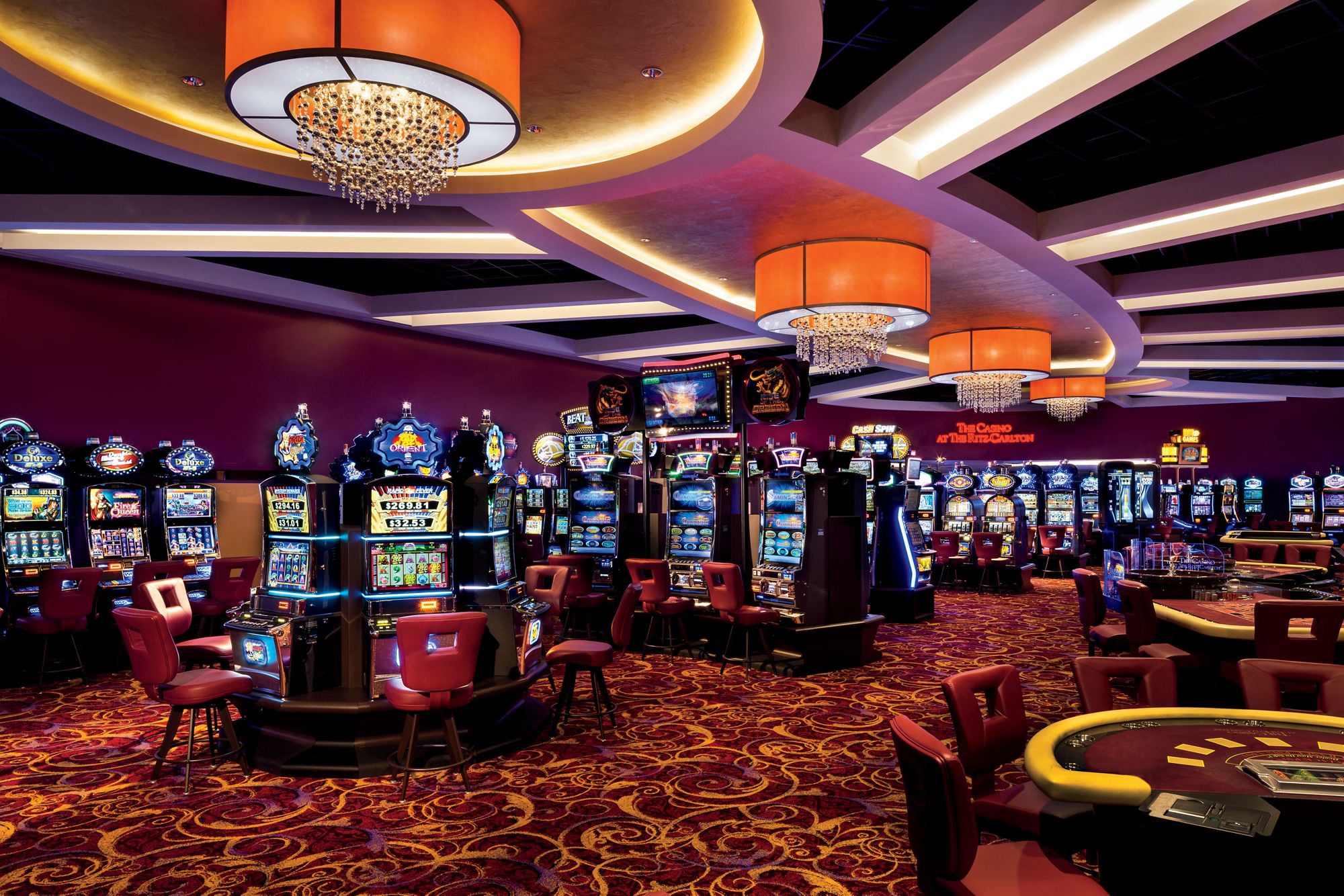Within a dynamic and stimulating world of casinos, where fortune and strategy intertwine, hues and aesthetic play a pivotal role in attracting gamblers. As soon as players step into a casino or access a gaming website, they are enveloped in a sightly feast that captures their attention and entices them to discover more. Vivid colors, captivating graphics, and innovative layouts are carefully crafted to create an environment of thrill and anticipation, ultimately enhancing the gaming encounter.
As players navigate through the ever-changing landscape of casino games, they come across a variety of designs that not only serve aesthetic purposes but also influence feelings and decision-making. Hues like red and yellow symbolize wealth and fortune, while calm blues and greens can create a much relaxed environment. Understanding how these elements work together allows casinos to create an welcoming and energizing atmosphere that encourages players to engage with the games, spend additional time at the tables, and increase their general enjoyment.
The Study of Color in Gambling Games
Color plays a crucial role in the design of gambling games, influencing players’ emotional states and responses. Lively and striking colors, such as scarlet and gold, are often used to stimulate excitement and capture attention. These shades create a sense immediacy and dynamism, encouraging participants to engage more enthusiastically with the experience. By thoughtfully selecting hues, creators aim to inspire emotions of satisfaction and expectation, which can enhance the overall game experience.
Distinct hues also have psychological associations that can impact how participants perceive their odds of winning. 50JILI For example, green is often associated with luck and prosperity, making it a frequent choice in games like the roulette wheel and poker games. This association can lead players to feel more optimistic and assured in their gameplay, ultimately motivating them to wager more. Grasping these connections allows game developers to create environments that enhance player enjoyment and engagement.
In addition, the layout of gambling game interfaces often uses blended colors and differing shades to direct player actions. For case, winning outcomes may be accentuated with bright, opposing colors, creating a visual incentive. This technique strengthens successful results and supports repeated participation. By exploiting the science of color, casinos can create activities that not only attract participants but also maintain them interested and dedicated in their play experience.
Design Elements that Engage Gamers
The visual appeal of casino games is primarily influenced by the use of bold colors. Lively and striking colors are deliberately chosen to create an inviting atmosphere that captures interest. For instance, crimson and golds often signify good fortune and prosperity, which is why they are common in the palettes of gaming machines and game surfaces. These colors not only attract players in, but they also stir emotions associated with excitement and expectation, enhancing the total gaming experience.
In addition to color, the aesthetic and layout of casino games play a crucial role in player attraction. Games are designed to be intuitive, ensuring that players can easily understand the guidelines and gameplay. Accessible interfaces, along with engaging graphics and animations, help maintain gamer interest and promote extended play sessions. The tactile elements, such as the texture of the buttons and the sounds of the games, also contribute to a comprehensive sensory experience that keeps players engaged.
Finally, conceptual elements in gaming design can significantly influence player choice. Many gambling games are inspired by media, fairy tales, or adventure themes, incorporating symbols and characters that resonate with players. These themes create a sense of immersion and connection, making each game feel distinct. When players feel a bond to the theme, they are more likely to choose that game over others, leading to increased participation and enthusiasm within the gambling environment.
Case Studies: Effective Gambling Game Designs
One prime example of effective gambling game design is the popular slot machine series themed around blockbuster movies. Games such as those based on the The Wizard of Oz and Game of thrones utilize bright colors and superior graphics to immerse players in recognizable narratives. The use of lively visuals and captivating sound effects takes the attention of players, establishing an emotional connection to the theme. This approach not just promotes longer play but also improves the overall gaming experience, resulting in increased player retention.
Another effective case is the use of color psychology in table games like blackjack and the wheel. Casinos often develop these games with dark reds and greens, colors traditionally associated with luck and wealth. For instance, the emerald felt on a blackjack table provides a calming effect, while the crimson accents in roulette invite anticipation. This deliberate use of color helps to establish an inviting atmosphere that encourages players to participate, addressing their psychological impulses and increasing their enjoyment.
Finally, social casino games that incorporate social features and vivid, dynamic designs have experienced remarkable success in engaging players. Games like Zynga Poker and Slotomania leverage striking colors and playful animations to create an inviting online environment. The integration of leaderboards, social sharing options, and in-app rewards promotes competition and community, drawing players in for longer sessions. Such designs not just make the games visually appealing but also underscore community engagement, a key factor in player retention and engagement within digital casino environments.
